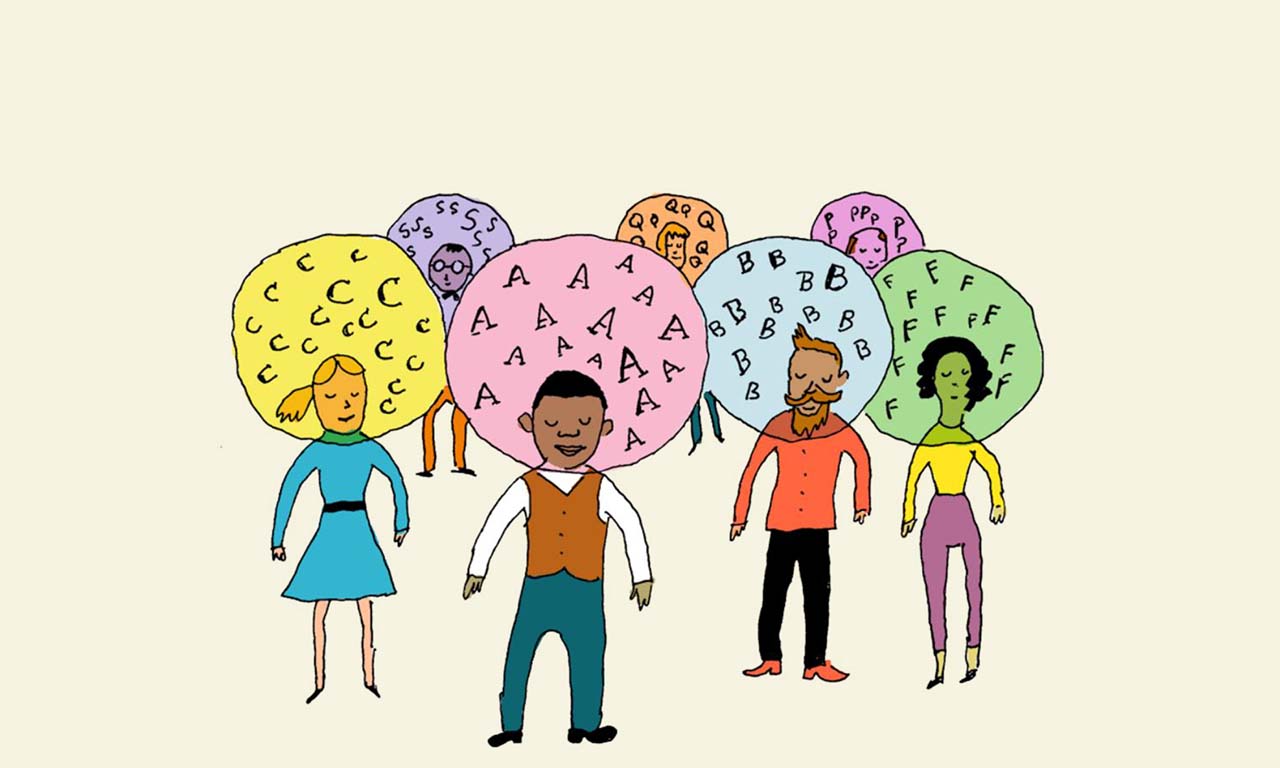As young people increasingly depend on social media and the internet for news and information, the SPLC’s Teaching Tolerance project is offering a suite of classroom-friendly resources to help teachers improve their students’ digital literacy.
The Digital Literacy Framework offers K-12 lessons, aligned with Common Core State Standards and organized by grade level, to help teachers increase their students’ online savvy in any classroom setting.
“There is a growing demand among teachers for resources that help them prepare students to recognize ‘fake news’ and engage in social media communities responsibly,” said Maureen Costello, the Teaching Tolerance director. “Teaching Tolerance’s Digital Literacy Framework is designed to fill that gap. It provides tools that teachers can use to help students determine if an online source is reliable and fair, to seek out high-quality sources of information, and to engage in online discussions with inclusivity and empathy, among other skills.”
The digital literacy initiative provides short informational videos and self-guided tools, including checklists, handouts and vocabulary lists, for students and educators to deepen their knowledge of the digital literacy landscape. Teachers can access the Digital Literacy Framework and other classroom materials at no cost by visiting https://www.tolerance.org/frameworks/digital-literacy.
In 2015, the Pew Research Center found that more than 90 percent of teens access the internet daily, and about a quarter of them say they are online “almost constantly.” This substantial reliance on social media makes them more susceptible to “fake news” and meme culture, which is often manipulated by divisive individuals and groups – such as the “alt-right” – to spread falsehoods and hateful messages.
Teaching Tolerance encourages educators to address digital literacy in the classroom by first understanding the barriers to meaningful information online. An article in the fall issue of Teaching Tolerance magazine, titled “Speaking of Digital Literacy,” offers a list of key terms that describe the many ways “fake news” finds its way online and becomes accepted as fact.
Illustration by Marc Rosenthal



